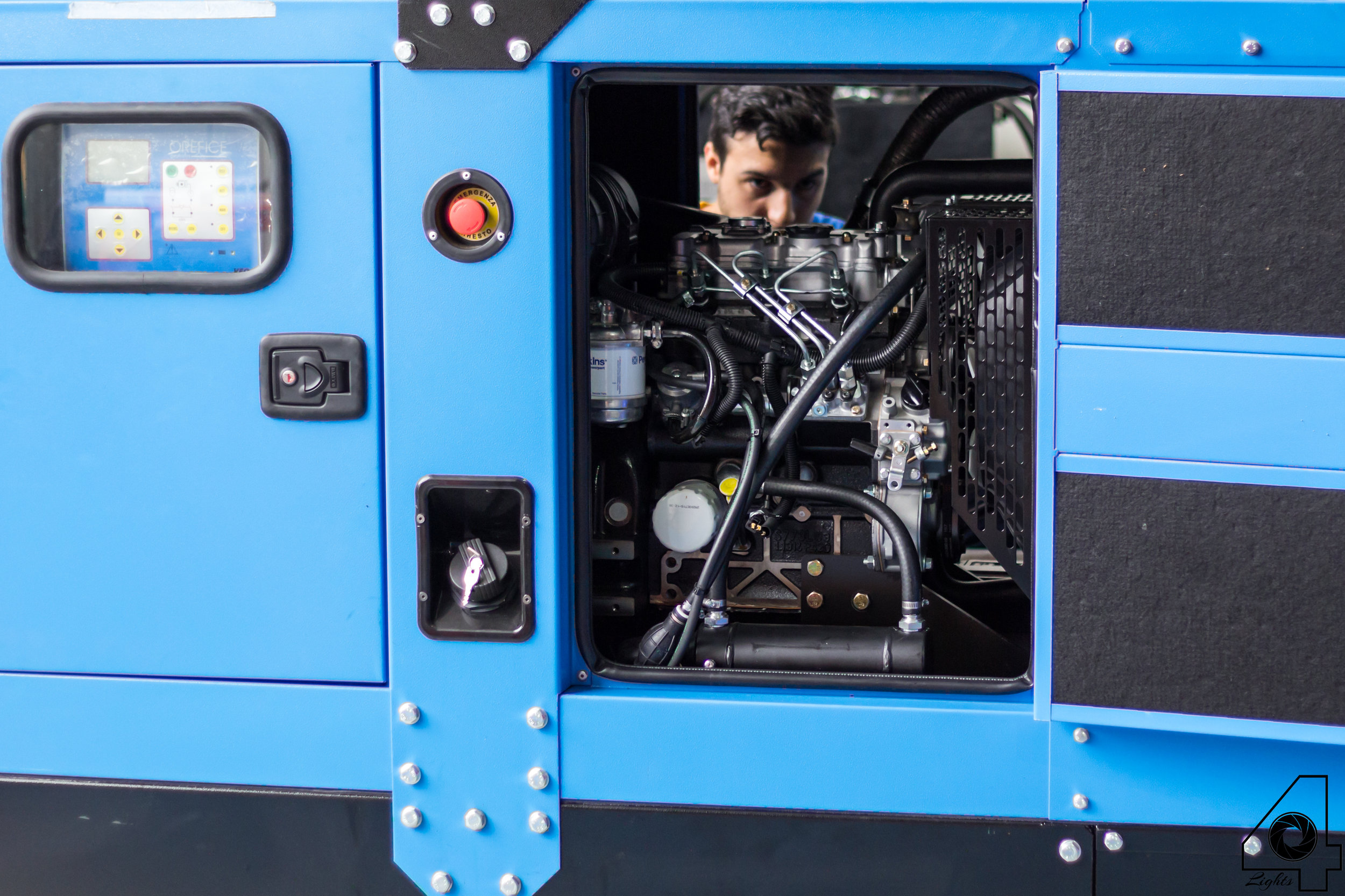What's the difference between a generator set 3000 rpm and 1500 rpm?
A generating set per definition is a combination of an internal combustion engine and electric generator.
The most common engines are those Diesel and Petrol engines with 1500 rpm or 3000 rpm, means revolutions per minute. (The engine speed can also be lower than 1500).
So what is the difference between a generator 3000 rpm and 1500 rpm one?
Technically we have already answered: one engine in one minute executes 3000 rotations, while the other in the same minute runs 1500, or half. It means, in other words, that if a speedometer measure the number of turns to the shaft of one and the other, we will get either 2 revolutions and 3 revs respectively.
This difference leads to obvious Consequences that should be known when buying and while using a generator:
Life Expectancy
An engine with 3000 rpm has a lower wait than the engine 1500 rpm. This is due to the strain difference to which it is subjected. Think of a car traveling at 80 km / h in the third gear and a car traveling at 80 km / h in fifth gear, both reaching the same speed but with a different mechanical stress.
If we want to give numbers, we can say that a generator set with diesel engine 3000 rpm reached 2500 hours of operation may need a partial or total review, while for a diesel engine 1500 rpm this may be necessary after The 10.000 hours of operation. (Indicative values).
Operating limits
Some say 3 hours, more 4 hours, or 6 hours of continuous operation.
A 3000 rev / min engine has a limit on running time, usually after a few hours of operation it would turn off to allow it to cool down and check the levels. This does not mean that it is forbidden to use it h24, but that continuous use is not appropriate. A high number of laps, for a prolonged time, is not ideal for a diesel engine.
Weight and Dimensions
The engine at 3000 rpm with equal power has smaller dimensions and weight than the 1500 rpm since it has different technical characteristics to reach the rated power. Usually these are air-cooled mono and two-cylinder engines.
....
Running Costs
The cost of the 3000rpm engine is lower and, consequently the generator’s cost too, and even the running cost is different: usually an engine working under stress tends to accumulate over time in number of failures and maintenance higher than the average.
The noise
The noise of a motor generator at 3000 rpm is usually higher, and even when it has an acoustic pressure similar to that of its half brother with engine 1500 rpm, the sound frequency is more annoying in the case of the motor 3000 rpm.
Taking these aspect into consideration you will have a better idea to select and use Your generator.





